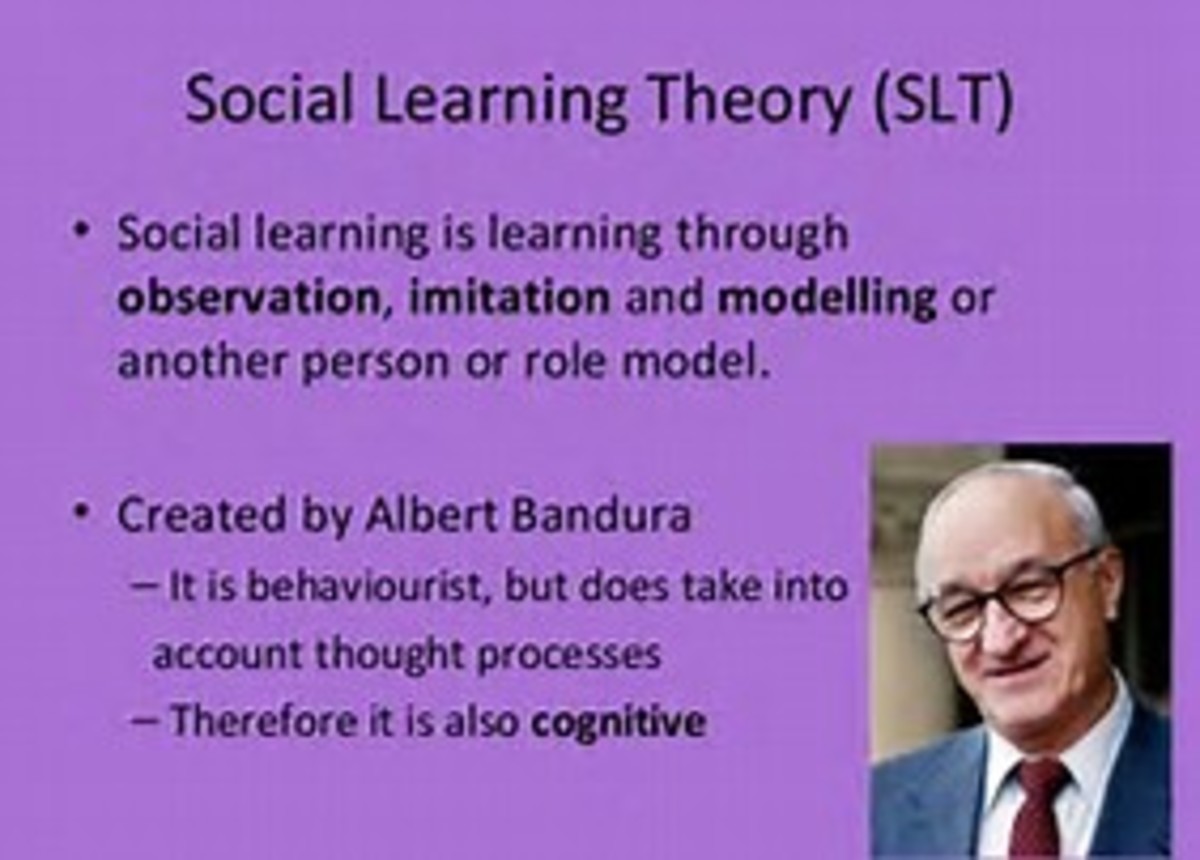Learning about Learning

Book Report on Learning Theory: Clinical Applications
INTRODUCTION
The particulars:
- Author: Mark Haselgrove and Lee Hogarth, editors.
- Publisher: Psychology Press 2012. Hardback. 199 pages exclusive of glossary, author and subject indices; 224 total. Each chapter also contains notes and references.
DESCRIPTION
Clinical Applications of Learning Theory provides professional reports on the state of research about how humans learn. Humans (and other animals) learn based on the connections between events. As the editors state:
Broadly speaking, learning theorists concern themselves studying the mechanisms by which animals, including humans, acquire and utilize information about relations between events. This endeavor includes the study of classical conditioning, instrumental conditioning, and the neural substrates that underlie these phenomena.1

Classical conditioning refers to the well-known Pavolovian stimulus-response form of learning. For example, suppose that someone received the news that their spouse died by telephone at 1:00 o'clock a.m. Thereafter, every time that individual heard the phone ring at about 1:00 o'clock a.m., they became very anxious. Thus, news of a death alone is no longer necessary to produce anxiety; the phone ringing about 1:00 a.m. suffices.
Instrumental conditioning, or operant conditioning, occurs when reward or punishment is used to increase the likelihood that a behavior will or will not be repeated. For example, suppose that a child receives praise every time that they seek to go to the toilet on their own. The child's desire to receive the praise may reinforce notifying the parent that the child wants to go to the toilet, and thus advance potty training.

Research about the neural substrates of behavior has arisen not only from observation, but also from studying brain malfunctions, such as the physical changes in the brains of stroke victims, for example. Such brain insults can produce behavioral changes in the individual suffering the malfunctions. For example, a brain injury may cause a formerly easy going individual to become unduly angry over events that previously did not cause such a result. Stating the formula in a simple form: brain malfunction = psychological symptoms = behavior. Back tracking from behavioral changes that may not seem to be related to the actual, physical injury may identify workings of the brain not previously known
Discussion
This reader found the following described chapters in the book of particular interest.
- Chapter 2, Avoidance, anxiety, and aversion in the clinical setting, by Michelle Symonds and Geoffrey Hall.
One may wonder at times why one sibling is afraid of dogs, and another is not. Of course, the difference may be simple common sense. The dog bite that the 2-year-old you suffered makes you anxious around dogs, but not your brother. The authors explain how the framework and analysis may be much more complex. For example, one sibling may have a shy personality, while the other is outgoing. This difference is probably based on genetic or physiological structure, and, as a result, may require different treatment than merely applying the traditional types of conditioning. That is, a sibling may not recover from fear of dogs just by being around friendly dogs. Some other approach that mediates the genetic structure of the brain areas involved in fear may be necessary.
- Chapter 4, Vulnerabilities underlying human drug dependence: Goal valuation versus habit learning. Lee Hogarth and Henry W. Chase
The authors of this chapter are "interested in identifying how exposure to the drug interacts with the individual's psychological constitution[.]" Addiction may be caused by more than just (a) overuse alone; or (b) predisposition plus use or overuse. There is a complex interaction between an individual's viewpoint or personality, and whether addiction occurs or is recovered from. That is, for those who are made of tougher stuff, recovery from addiction may be much simpler than for those gentler souls who tend to hear things that go bump in the night. In the latter case, just overcoming the physical effects of addition will not do.
- Chapter 6 Placebo and nocebo responses, by Sibylle Klosterhalfen and Paul Enk.
In this chapter, the authors explore the nature of the placebo/nocebo response, including whether it exists at all. Significantly, as with all things generally, the placebo/nocebo response works across a spectrum of human makeups. That is, one individual may be susceptible to the belief that a drug will work, and it will work, even if such individual received a placebo. That is the the classic placebo effect. The opposite can also be true: an individual can have a negative response to an inert substance, simply because the individual believes it will be harmful. That is the nocebo response. The physiological effect is real in either case. However, some drugs or treatments work despite individual belief (or lack thereof) in their efficacy. Studying the physiology and neurology of individuals who are capable of producing a placebo/nocebo effect, as well as those who don't, should advance knowledge of the interface between treatment and individual makeup.
CONCLUSION
I am a lay reader, not an expert in learning theory in any sense, except to the extent that any attentive mother and grandmother is. Thus, this reader emphasizes that the material in the book being reviewed can be slow (or no) going to lay person, at least in part. However, if a lay reader is interested in learning theory, useful information about how the learning brain works may be obtained here.
Footnotes
1Id., at p. 1 (emphasis added).
2Id., at p. 76.
You may also be interested in:
- Learning Theories and Personality
Albert Bandura’s reciprocal determinism maintains that there is a “mutual relationship among behavior, cognitive factors, and environment.”
- Materialization of an Expectation via Placebo Effect
Healing through placebo effect works via psyche of the person being filled with an expectation. This fakes the reality and sets in a process of self-healing of the body due to a feeling of well-being in the mind of the person.
- The Mind- Nocebo Effect and the Self-fulfilling Prophecy
This article is about the nocebo effect, which discusses the power of the mind and how being pessimistic can block any healing treatment. The self fulfilling prophesy is explained.








